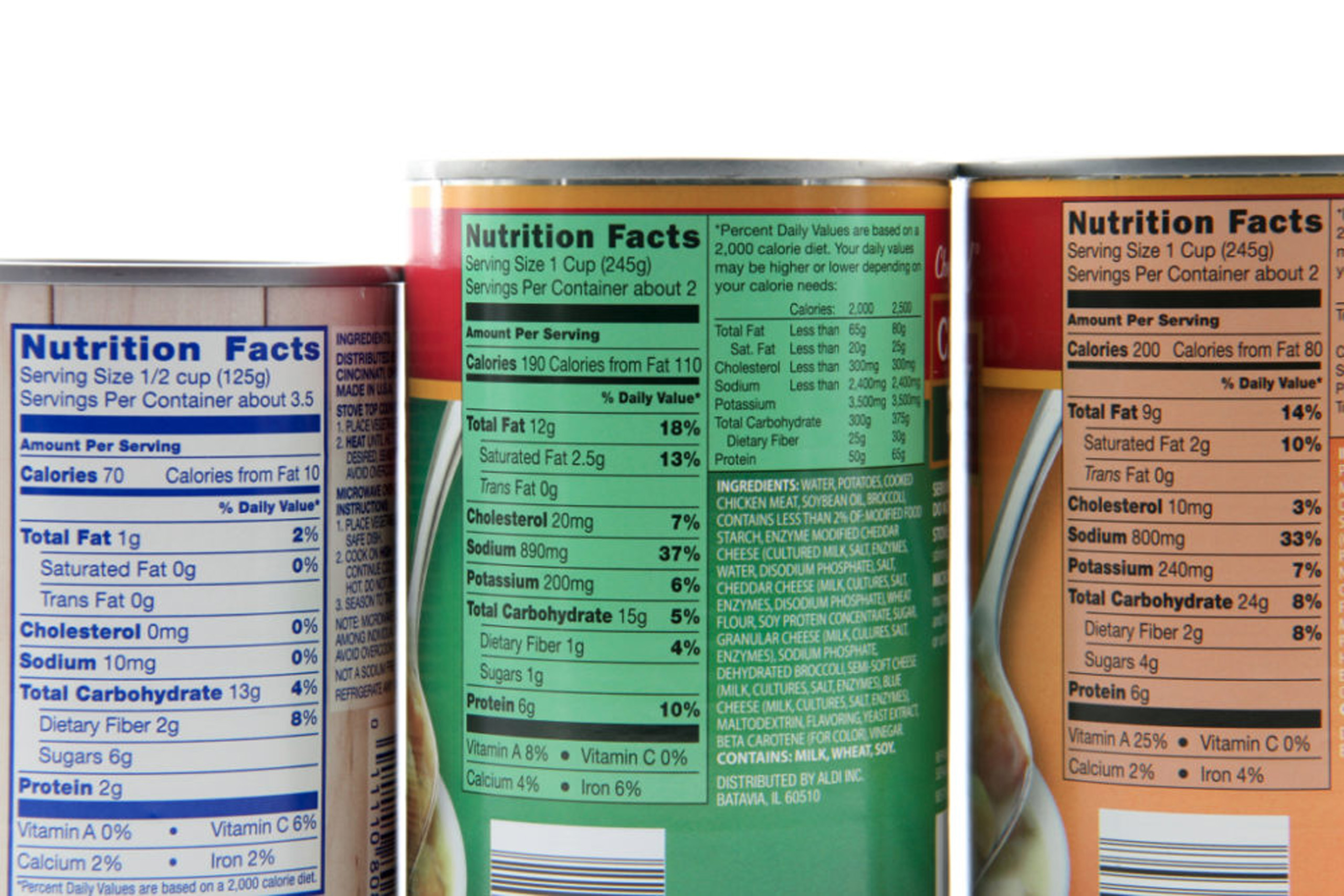If you have made a commitment to prioritize your well-being, it is crucial to make educated decisions when faced with choices between various products at the store. Nevertheless, determining which option is superior can pose a challenge at times. In such situations, it is advisable to carefully examine the product label and assess the information provided to ensure you are making an informed choice.
Food labels, although often overlooked, are incredibly important for preserving our health and well-being. They serve the purpose of not only confirming that the food we consume aligns with our expectations but also offering valuable details about the ingredients and nutritional content of the product. Essentially, Food labels are a trustworthy resource that imparts knowledge about the foods we regularly consume.
With the continuous growth of global trade, it is becoming more challenging to determine the source of our food suppliers. Nonetheless, reliable food labelling has emerged as a viable solution to address this issue. The Codex Alimentarius Commission, a joint initiative of the FAO and the WHO, plays a crucial role in establishing international norms for food labelling. It is obligatory for all nations to adhere to these standards when labelling their food products, particularly those aimed at the global market.
Sharing accurate and comprehensive knowledge about the food we eat can greatly influence our health and overall well-being. If you are someone who is well-informed, you likely understand the significance of proper nutrition.
Labels found on food products offer essential details regarding their nutritional content, encompassing vitamins, minerals, calories, and fats. These details are vital for the upkeep of a nutritious eating regimen. By reviewing these labels, you can guarantee the adequacy of micronutrients, evade any deficiencies, and manage your weight by monitoring calories and saturated fat. Moreover, you can limit your sugar and salt intake and strive for a well-rounded meal to mitigate the risk of ailments such as diabetes and heart disease.
Food labels are vital for ensuring our safety by protecting us from consuming contaminated food. Each year, there are more than 600 million cases of foodborne illnesses, resulting in approximately 420,000 deaths due to the consumption of food that is contaminated with bacteria, viruses, parasites, toxins, and chemicals. Labels play a critical role in maintaining the safety of our food by providing essential information about the proper use and storage of the product.
Several design companies provide high-quality food tag printers in various finishes, colours, materials, and shapes for short, medium, and long print runs with strict deadlines. These companies can assist in printing food labels associated with your brand, including ingredients, allergen information, best-before and sell-by dates, as well as barcode printing.
One of the main goals of food labelling is to deter fraudulent practices, like the sale of counterfeit goods. Through the establishment of globally accepted labelling criteria, consumers can be safeguarded against deceptive advertising and misrepresented packaging. For example, it is crucial to verify the authenticity of chocolate or fish products before making a purchase.
Gain an understanding of the components that have the potential to induce adverse reactions. Approximately 10-25% of individuals in developed nations experience food reactions. Frequently allergenic foods encompass items such as milk, peanuts, soybeans, crustaceans, eggs, tree nuts, and fish. Ingesting an unidentified allergen can pose a significant risk, potentially leading to severe allergy attacks. Fortunately, food labels offer valuable information concerning ingredients to steer clear of, effectively mitigating potential harm.
Properly interpreting food labels is crucial in preventing food waste as it provides essential information about the expiration and safety of products. The presence of date markings helps indicate food safety and informs consumers about the product’s recommended consumption period. It is vital to be attentive to these dates to avoid any potential health issues. However, misunderstandings between “use by” and “best before” dates often contribute to the unnecessary discarding of food.
In the European Union, nearly ten percent of food waste can be attributed to issues with food labelling. By educating both consumers and participants in the supply chain, we can effectively reduce food waste and uphold the primary purpose of date markings, which is to ensure food safety.

